All of Netflix’s HDR video streaming is now dynamically optimized
The Netflix TechBlog
NOVEMBER 29, 2023
Bitrate versus quality comparison HDR-VMAF is designed to be format-agnostic — it measures the perceptual quality of HDR video signal regardless of its container format, for example, Dolby Vision or HDR10. Additionally, the current version has some algorithmic limitations that we are in the process of improving before the official release.

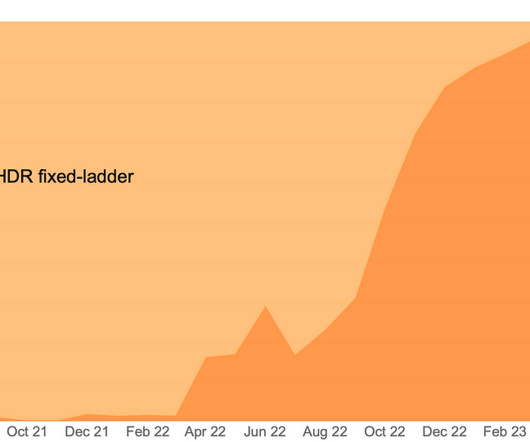

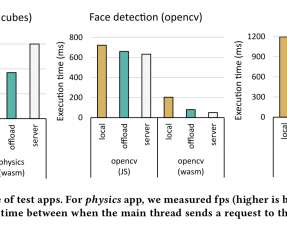





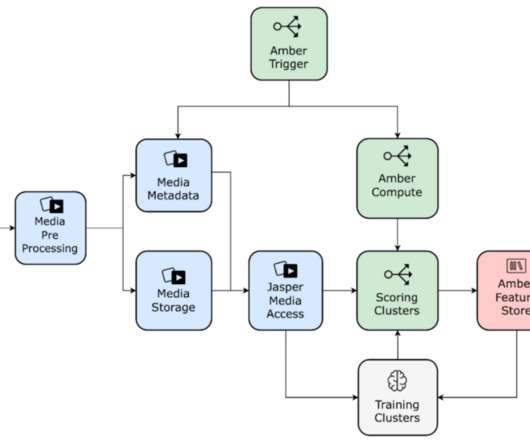

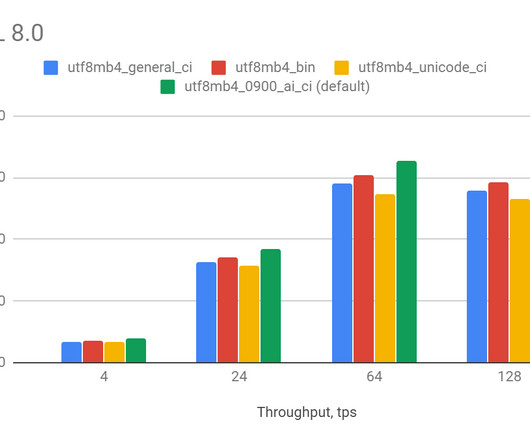






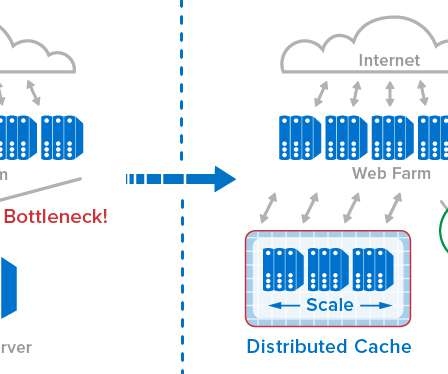
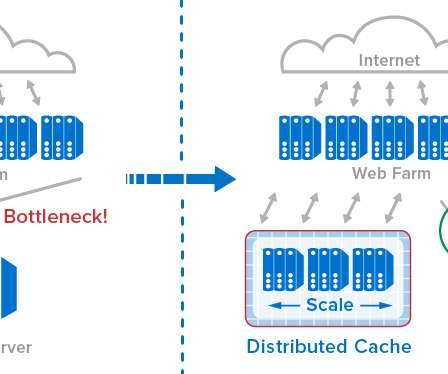



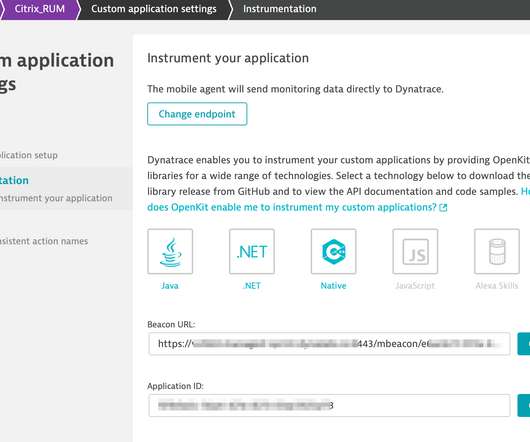
















Let's personalize your content